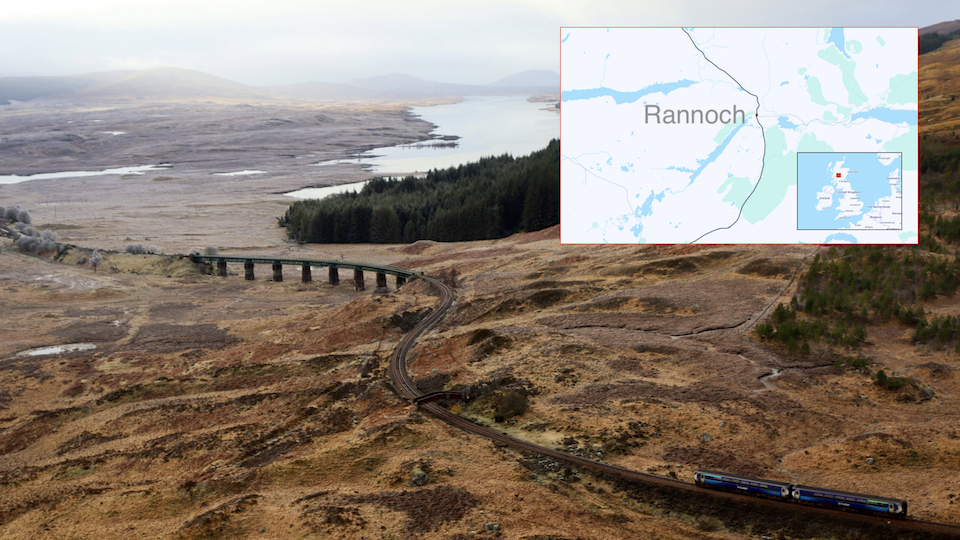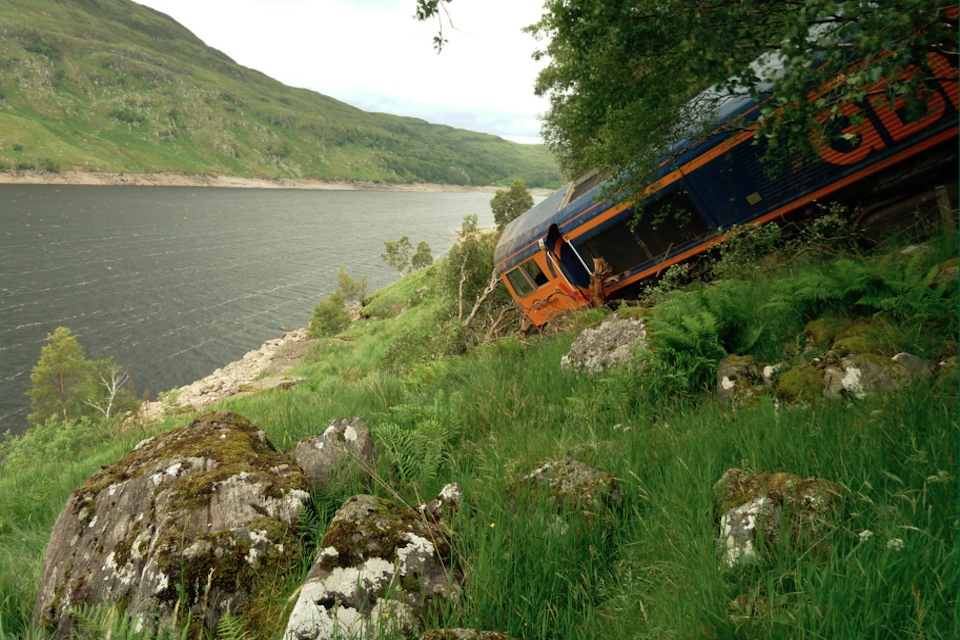Europe’s most remote railway viaduct about to undergo major upgrade

A temporary closure of Scotland’s West Highland Line will enable essential upgrades to an iconic bridge. Network Rail, the infrastructure management agency for Great Britain, has announced that the West Highland Line will be closed for nine days in March. The single-track line north from Crianlarich to Fort William and Mallaig will be closed to all traffic for almost two weeks. Some of the most remote stations in Europe will be without service.
Due for repair is the iconic Rannoch Viaduct. The bridge carries the West Highland Line over the moor of the same name. It’s one of the most remote railway destinations in Europe and also the location for some of the most dramatic scenery in Britain. Remarkably, it’s also a mixed-traffic route, serving a variety of customers. Ironically, it was the only railway location to feature in the cult movie “Trainspotting”.
No road for rail replacement bus
The work will allow essential upgrades to take place on the bridge, just north of Rannoch station, as part of a 1.6 million pound (1.8 million euros) investment to extend the operational lifespan of the structure.
New timbers will be installed, and the metal girders will be repaired, cleaned and repainted. Engineers are scheduled to work around the clock from 16 March to complete the project before the line reopens for service on Monday, 25 March.

While the work is underway, the regular services connecting Glasgow to Fort William and Mallaig will terminate at Crianlarich. The small but busy station is the junction for services to Oban, which are unaffected. Buses will replace train services, except to Rannoch itself, and the even more isolated Courror, which famously has no public road access at all. The station at Rannoch is only served by a winding minor road. The nearest highway, suitable for a modern coach, is the main Perth – Inverness highway – over thirty miles (54 km) to the east.
Cross-border freight and passenger services
Daily passenger services are provided by ScotRail, using rather elderly thirty-five-year-old class 156 diesel multiple units, augmented with a dedicated car for bicycle passengers. The seasonal Jacobite steam train uses heritage rolling stock, which is the subject of a court ruling over the safety of its doors – which do not meet modern central locking requirements. The much more modern stock of the Caledonian Sleeper provide a late evening service on the line, giving the region a through train to London.

In addition to the rare sight of daily locomotive-hauled passenger services, the line currently has one scheduled freight service – a train of alumina operating from Blyth in the northeast of England – to an aluminium smelter at Fort William. The finished product is dispatched by road. There is potential for timber traffic to be reintroduced to the route. Twelve years ago (in 2012) the alumina train derailed in a landslip. Emphasising the remoteness of the location, the locomotive was dismantled on-site as recovery was too difficult.
Other works at the same time
In addition to the work on the viaduct, Network Rail will also improve multiple sections of track on the route. Signalling upgrades will take place between Fort William and Spean Bridge, and drainage enhancements will go ahead south of Rannoch station. A separate project is underway to lengthen platforms at some of the wilderness stations on the line to cope with increased leisure traffic.
The works at Rannoch Viaduct will involve replacing 50 longitudinal timbers (way beams), which run the length of the 208m structure and support the rail going over the steel bridge. The softwood timbers are life-expired and will be replaced with hardwood alternatives, with the existing baseplates and rail also being renewed. Hardy trainspotters will have even more variety on the line in the coming month.





